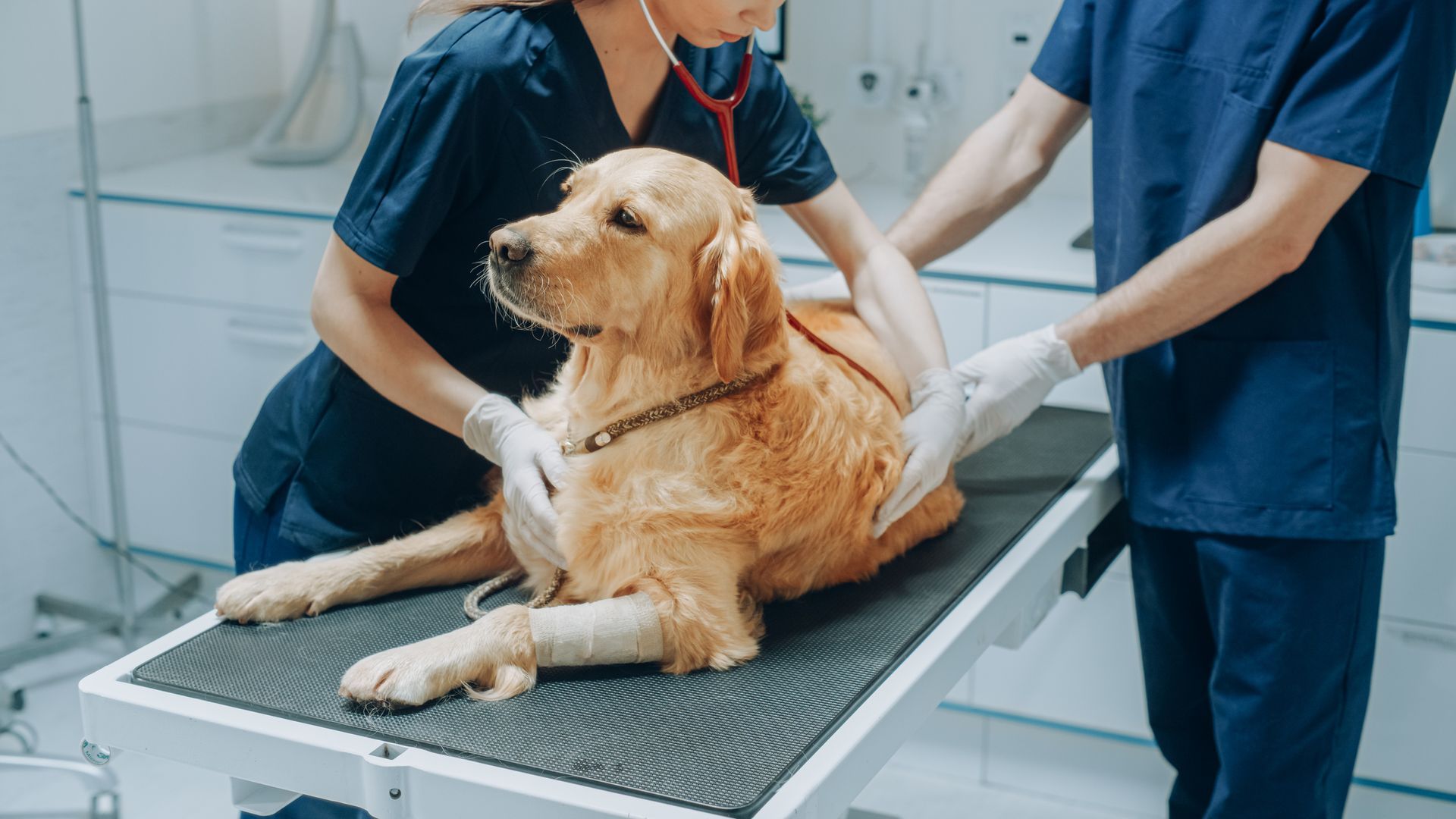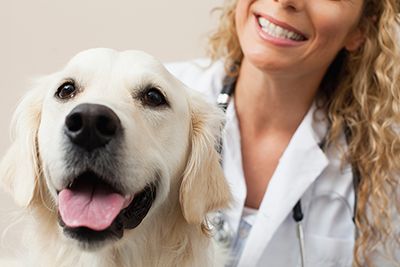From Docile to Dangerous: A Dog Owner's Guide to Sudden Developmental Aggression
From Docile to Dangerous: A Dog Owner's Guide to Sudden Developmental Aggression
As your puppy grows, you get to know their unique personality. Some dogs are full of energy, others are obedient and submissive, and others are curious and careful.
You may be concerned if aggression starts to surface with no explanation. Your once docile companion is now a wild card, upsetting routines and family members. Here's what all dog owners should know about unforeseen personality changes and how to handle them.
Changes in Aggression as Your Dog Ages
First, it's important to realize that the sudden onset of aggressive behavior may not be a sign of a significant personality change.
Instead, it usually indicates a developmental stage of a dog's life. Every day, your dog learns new things and responds to new stimuli. Training, exposure, genetics, and connections to other dogs and humans can play a role in aggressive behaviors. Developmental aggression can manifest with high-stress triggers. For example, as a puppy, your dog may have enjoyed roughhousing. However, as the dog matures into adulthood, these games can become tiresome, and the dog may react more aggressively to show a lack of interest.
Other triggers might include:
- Too much activity, especially with other dogs. Female dogs may prefer the company of humans rather than the company of other animals after puppyhood has fully passed. Forcing a shy dog to socialize after it has moved past the playful stage could elicit aggression.
- Too much stimulus. Some dogs are working breeds, and if they have too much stimuli at once in work or play, they can "tip over the edge" from excitement to aggression easily.
- Exposure to things that have caused pain in the past. Your dog may have been perfectly fine around children until a young child pulled its fur. Now, your dog might retreat from kids and react aggressively if forced to confront them.
- Dominant attitude. Some dogs can grow possessive of their family or see themselves as pack leader among the other animals of the house. Something that interrupts this balance, like a new child or another dog, can bring out aggression where none was seen before.
Proper and firm training is the best way to respond to developmental aggression. Dogs learn from reinforced rewards, so if you reward a dog for cowering or hiding, they will continue to do so and feel more threatened when this "safety" is removed.
If you are certain that your dog did not start showing aggression because of changes in environment or preference, it's very important to check with your vet. Aggression can be a sign of a medical problem. Your dog might be in pain or be suffering from an illness that affects how they process or respond to external stimuli.
Response Training
Aggression in dogs does not mean the dog is now a lost cause or a safety hazard. You should take every precaution to make sure people are safe around your dog while working on training.
Here are some training methods you can try:
- Avoid triggers. You cannot expect your dog to behave until they have learned how. For example, if you know your dog has become more aggressive in high-energy play situations, stop going to the dog park until your dog has learned to remain calm.
- Reinforce calm behavior with rewards. If your dog remains sitting and does not react by barking or growling when another dog walks by, reward your dog with a treat or a pat on the head.
- Restrict activities that reinforce bad behavior. For example, if your dog starts to bully another dog at the dog park, immediately remove your dog, cutting the fun short. Exercise your dog privately for the rest of the day, and try the dog park again tomorrow.
- Teach your dog how to self-calm. You can begin this training at home. If your dog jumps or barks, don’t react beyond saying "settle" or "calm." As soon as your dog settles by sitting or lying down, reward the behavior. Soon your dog will learn to be calm on command.
You must establish yourself as pack leader to ensure your dog is docile. Be firm and consistent with your dog, and never allow for misbehavior. Inconsistent signals from a master can be confusing and can trigger aggression.
Prevention Techniques
Many dogs show sudden aggression because their needs are not being met. Be sure that your dog is properly exercised, fed, and rested and that your dog feels safe.
For more information on dog aggression, contact us at Appalachian Animal Hospital.






